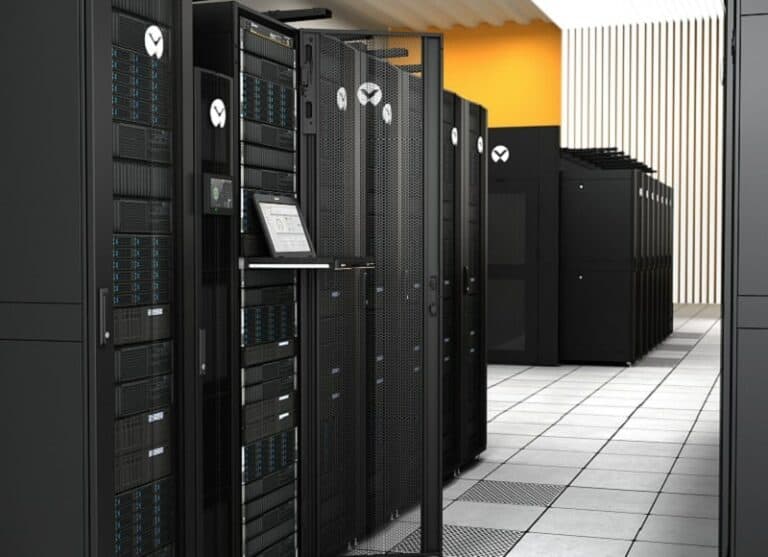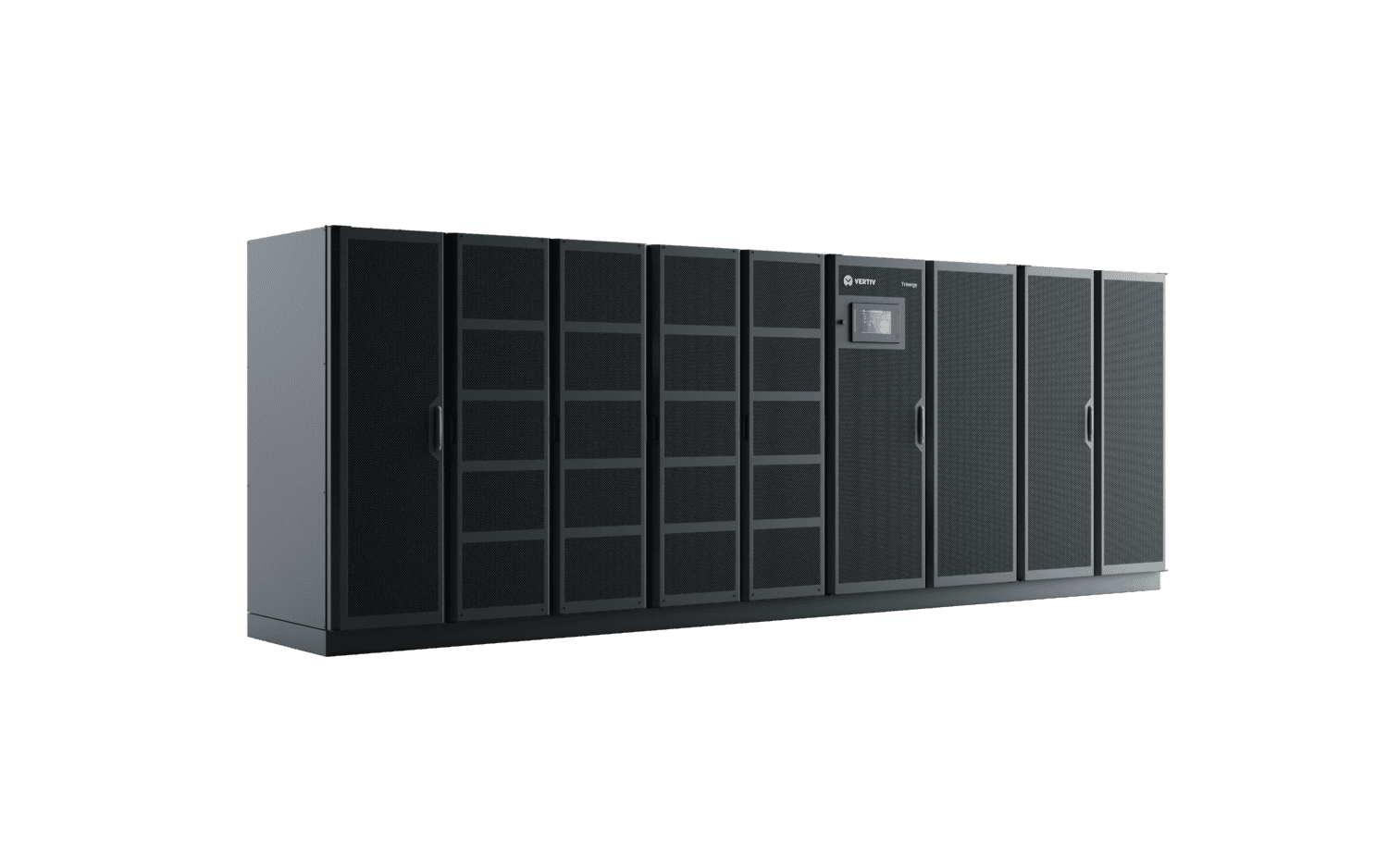Vertiv’s latest Trinergy uninterruptible power supply (UPS) system reduces the downtime of advanced data centers to almost nothing, according to the company.
Built for the AI era, the new solution is specifically designed to handle the fluctuating power needs of data centers running such workloads. It also integrates with Vertiv’s existing systems. The company promises an uptime of 99.9999998 percent with the Trinergy-UPS compared to the 99.9994 percent typically expected for Tier-IV data centers (which have the highest reliability and redundancy requirements).
That seems like a subtle difference, but according to the company’s projections, it means a downtime of 30 seconds in 10 years compared to the 8 hours in 10 years that is the standard for the power chain of Tier IV data centers. Those can be crucial hours, so the more time that can be shaved off the downtime, the better.
Modular construction
The system is extremely modular and can be assembled by the customer at will if desired. The Trinergy comes in models with 1,500, 2,000 or 2,500 kilovolt-ampere (kVA) capacities and, according to Vertiv, features extended backup time and a self-isolating core design.
All core modules in the modular architecture are self-contained, and each contains an inverter, rectifier, booster/charger, and dedicated control elements that are separated from each other. This ensures that each core module can operate independently of the others, even during maintenance operations.
Space-saving setup
This new Trinergy UPS can be integrated with various primary and backup power sources, such as lithium-ion batteries, nickel-zinc batteries, and alternative distributed power sources. Power distribution happens through one connection point, which cleans up considerably in data centers that previously required many cables, flanges, bus ducts, and switch connections for UPS outputs.
The system is already flexible but also integrates with other Vertiv solutions, such as PowerBoard Switchgear, as part of the new Vertiv PowerNexus solution. This involves tight coupling into a single block connected by internal rails, which again saves space, cable material, and installation time and costs. Vertiv PowerNexus is also available as an integrated solution for use as a compact power skid or in existing housing.
Insight into consumption and costs
Obviously, cost and time savings (and insight into these) are key selling points for Vertiv with this system. Energy monitoring is done via Vertiv’s own EPMS (energy and power monitoring system). The product is further suitable for the range of project and lifecycle services the company offers, including incident management, condition-based maintenance analytics and health scores.
The ability to comprehensively monitor and adjust settings as needed should substantially reduce cooling system energy consumption. The desired result is a lower cost of ownership and quick payback.
Protecting sensitive equipment
UPS systems capture power surges and fluctuations in voltage, distribute the power supply to where it is needed most, provide frequency regulation, and correct for distortions and noise. Most importantly, they protect sensitive equipment from damage due to too much or too little power and provide emergency power in case of (prolonged) failure of the regular grid.
In doing so, they differ from emergency generators in that the transition from grid power to emergency power supplied by the UPS is almost seamless. This is important not only for data centers but also for hospitals and industries with high-quality and sensitive production processes, for example.
Also read: Vertiv wants to double production capacity by 2025

